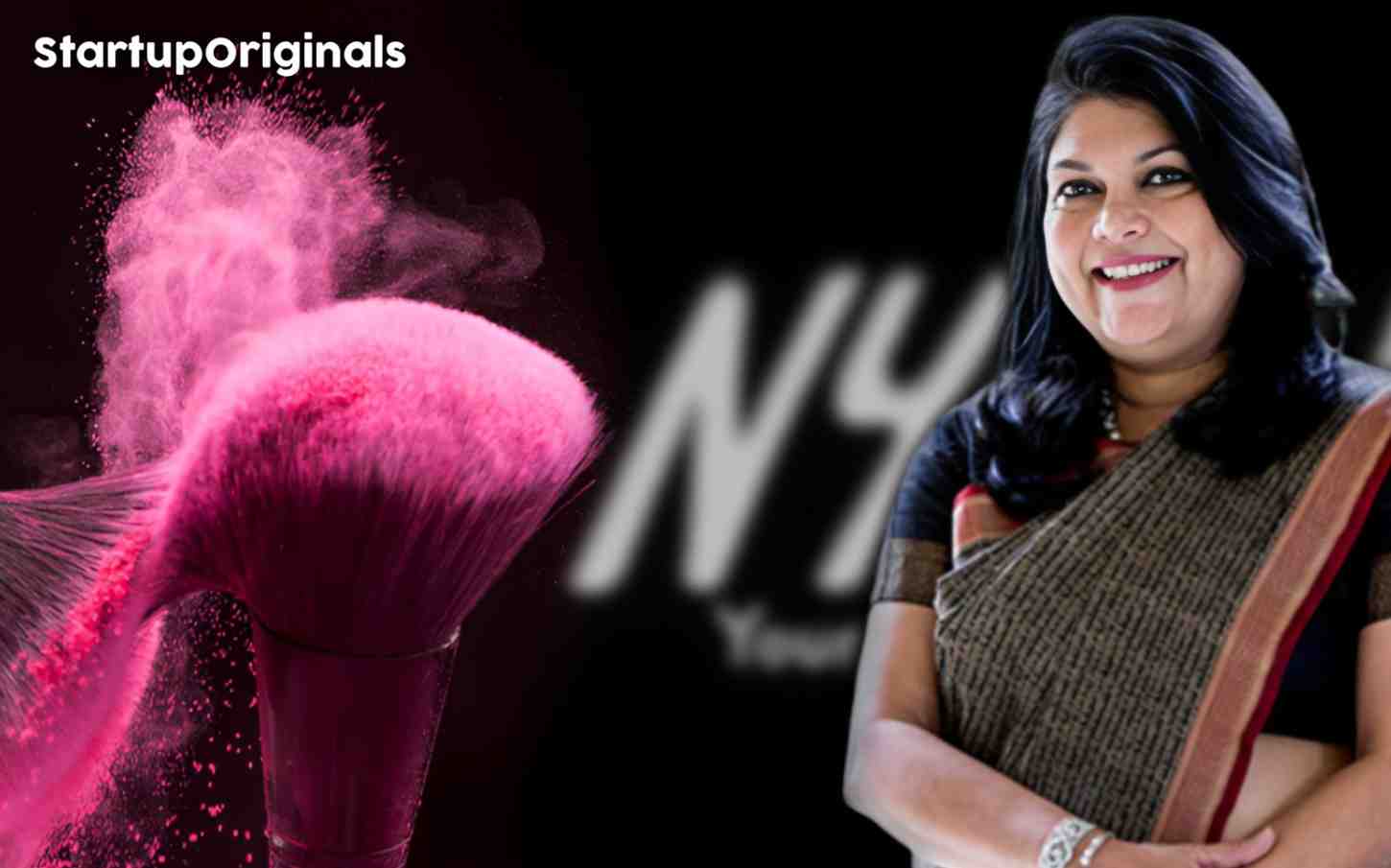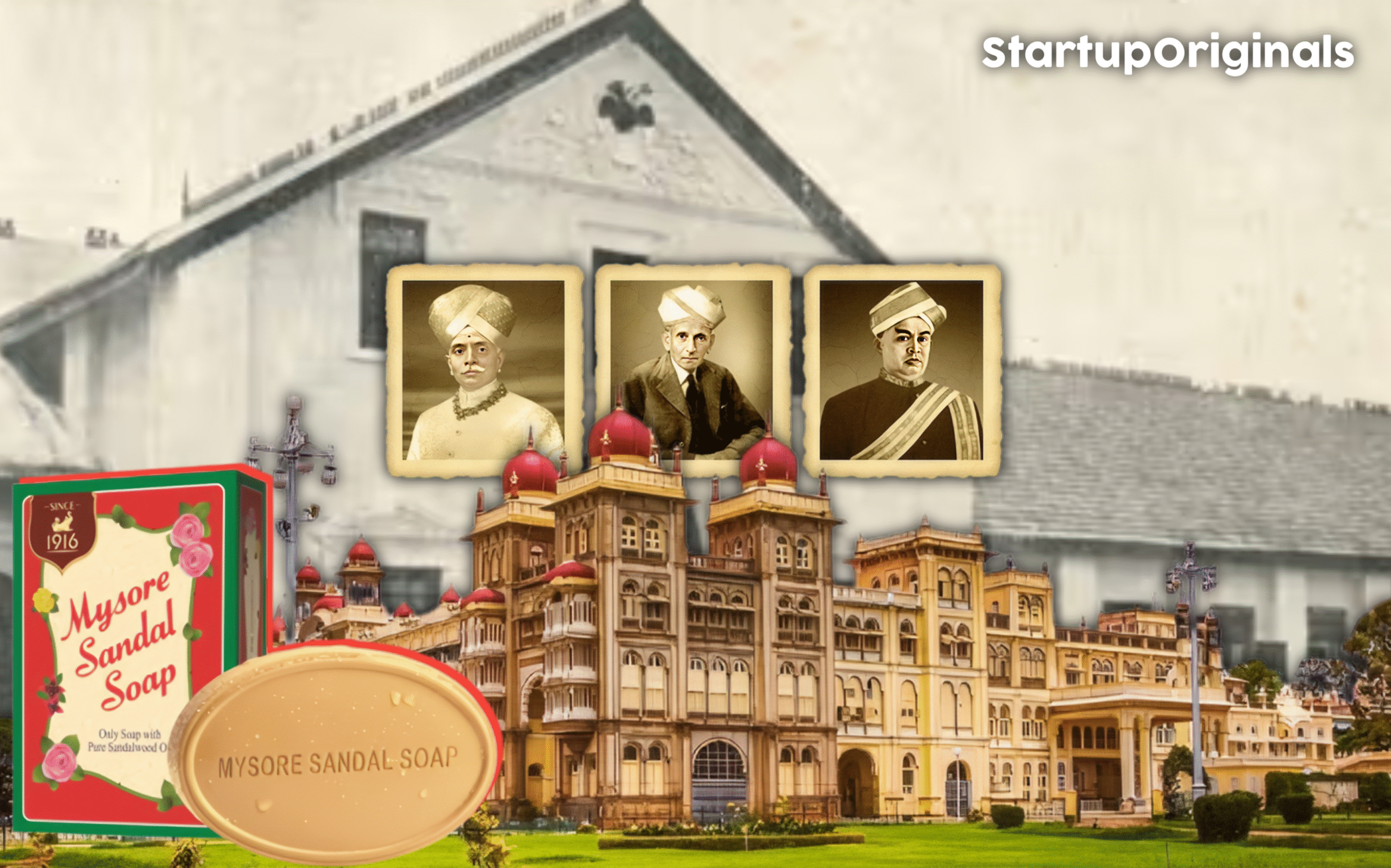
Mysore Sandal Soap is more than just a bar of soap-it’s a symbol of heritage, purity, and the enduring allure of sandalwood. Born in the royal workshops of Mysore over a century ago, this golden-colored, aromatic soap continues to evoke nostalgia and pride in millions. Discover the fascinating journey of Mysore Sandal Soap: from its royal origins to becoming an international luxury brand and an enduring part of India’s cultural fabric.
Royal Roots: The Origins in Mysore:

In the early 20th century, the princely state of Mysore was renowned for its abundant sandalwood forests. Under the reign of Krishna Raja Wadiyar IV and visionary Diwan Sir M. Visvesvaraya, the Government Sandalwood Oil Factory was established in 1916 in Bangalore. Originally, the goal was to extract and export sandalwood oil, hailed as the “fragrance ambassador of India”.
However, with World War I disrupting trade routes, excess reserves of sandalwood began to pile up. A turning point came when the Maharaja received a luxurious soap gift from abroad, made with Indian sandalwood oil. Inspired, he resolved to create a soap-purely Indian, made with local sandalwood oil, and fit for royalty.
The Birth of Mysore Sandal Soap:
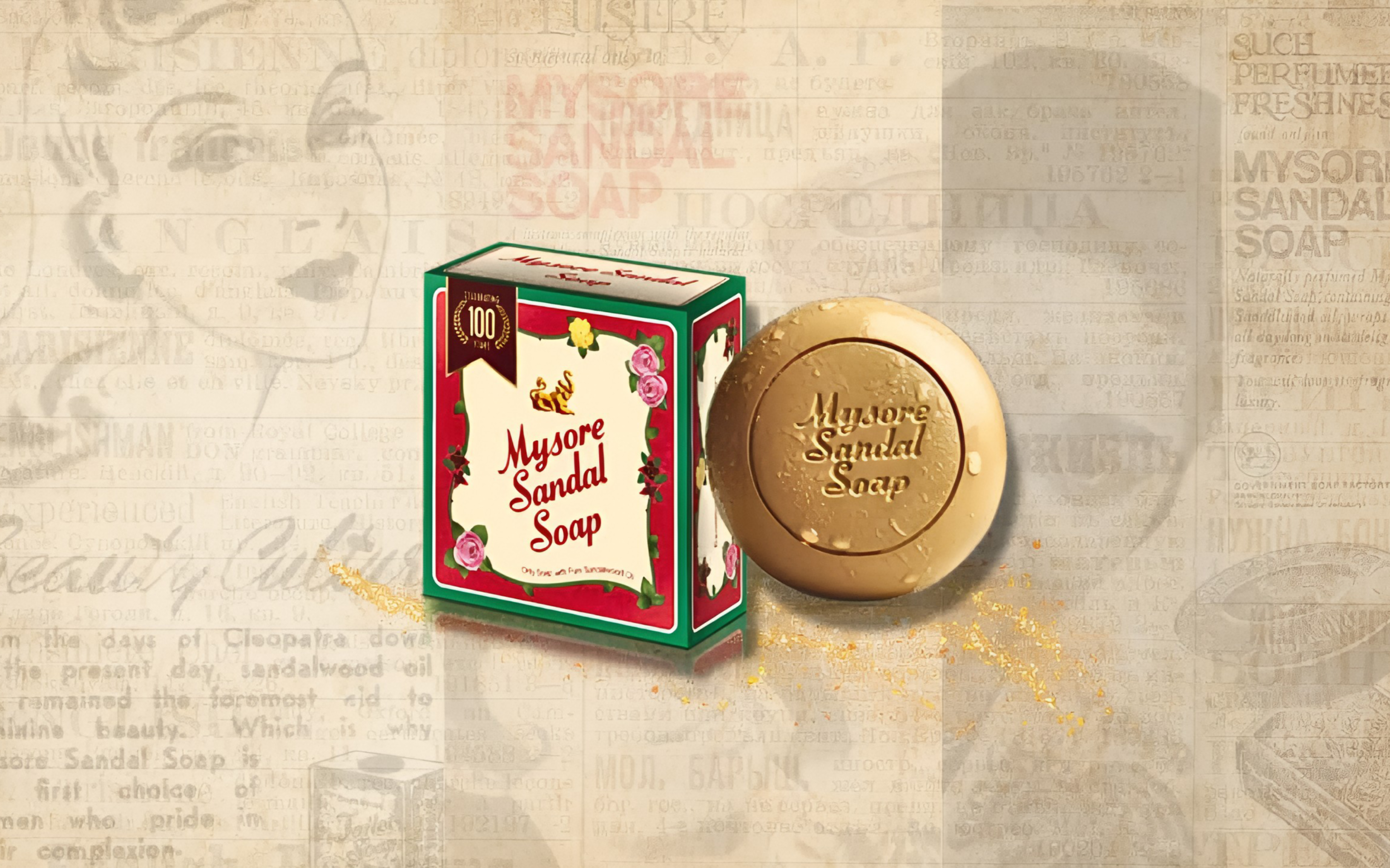
The Government Soap Factory in Bangalore began producing soap in 1916. But it was in 1918 that the first bar of Mysore Sandal Soap was officially launched. The formulation, developed by Sri S.G. Shastri (trained in London), included real sandalwood oil as its signature ingredient-making it the only soap in the world to use 100% pure sandalwood oil even today.
Sharabha, a mythical creature representing wisdom, courage, and strength, was chosen as the brand’s logo, further connecting the soap to cultural tradition and heritage.
Crafting Purity: The Art & Science of Soapmaking
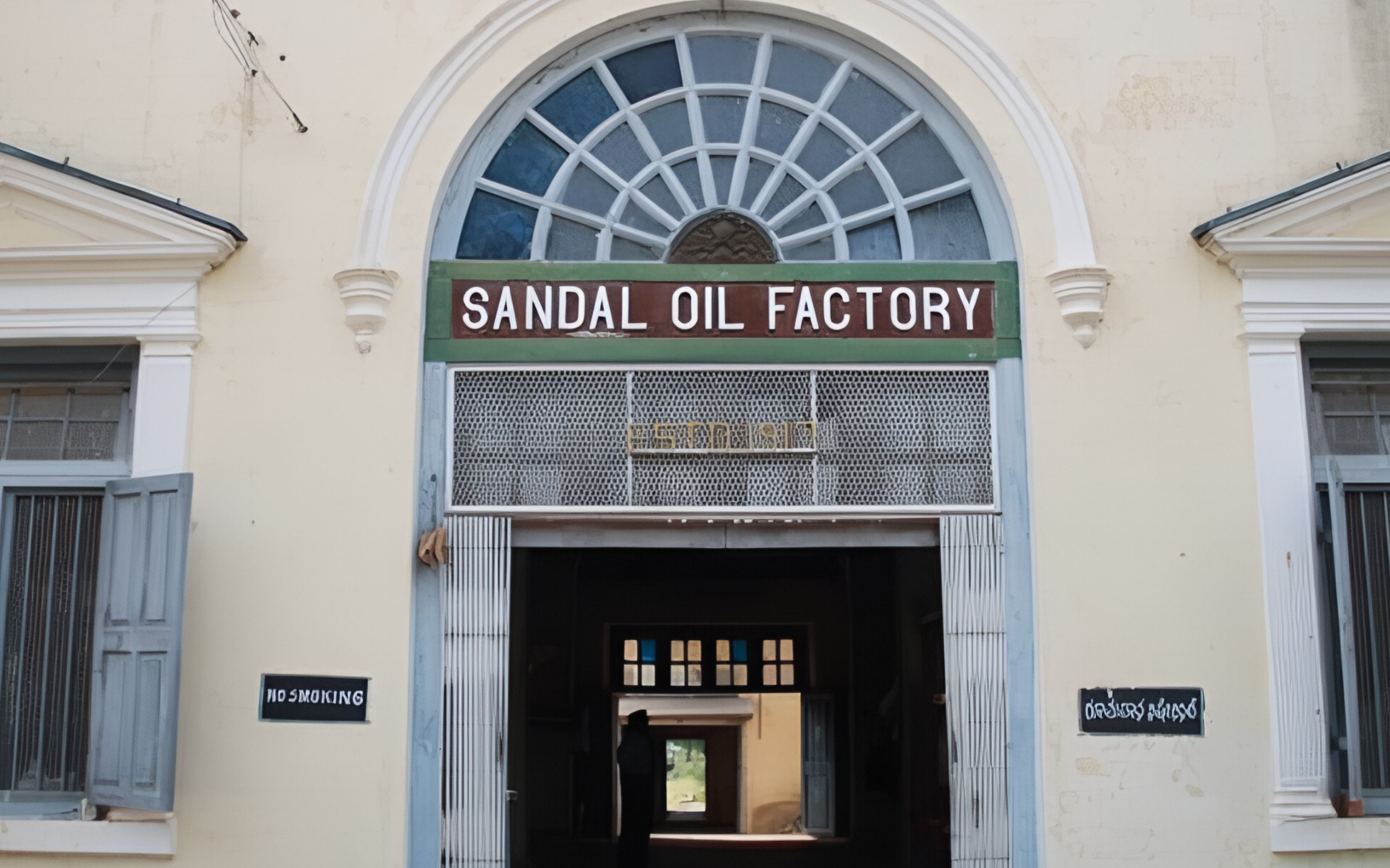
From the beginning, Mysore Sandal Soap distinguished itself through meticulous craftsmanship:
- Sandalwood oil extraction was developed scientifically under the guidance of Indian Institute of Science professors.
- The soap was perfumed not only with sandalwood oil but also other essential oils like vetiver, patchouli, and geranium.
- Production involves blending soap noodles, adding pure sandalwood oil, and then molding, cutting, and stamping each bar with Sharabha’s emblem.
- The oval shape and ornate packaging, adorned with gold paisleys and red roses, became iconic.
Today, the manufacturing process blends tradition and modernity. Even as machinery is upgraded and capacity expands, the original recipe-purity and natural sandalwood oil-remains unchanged.
The Company’s Evolution: From Royal Factory to State Enterprise
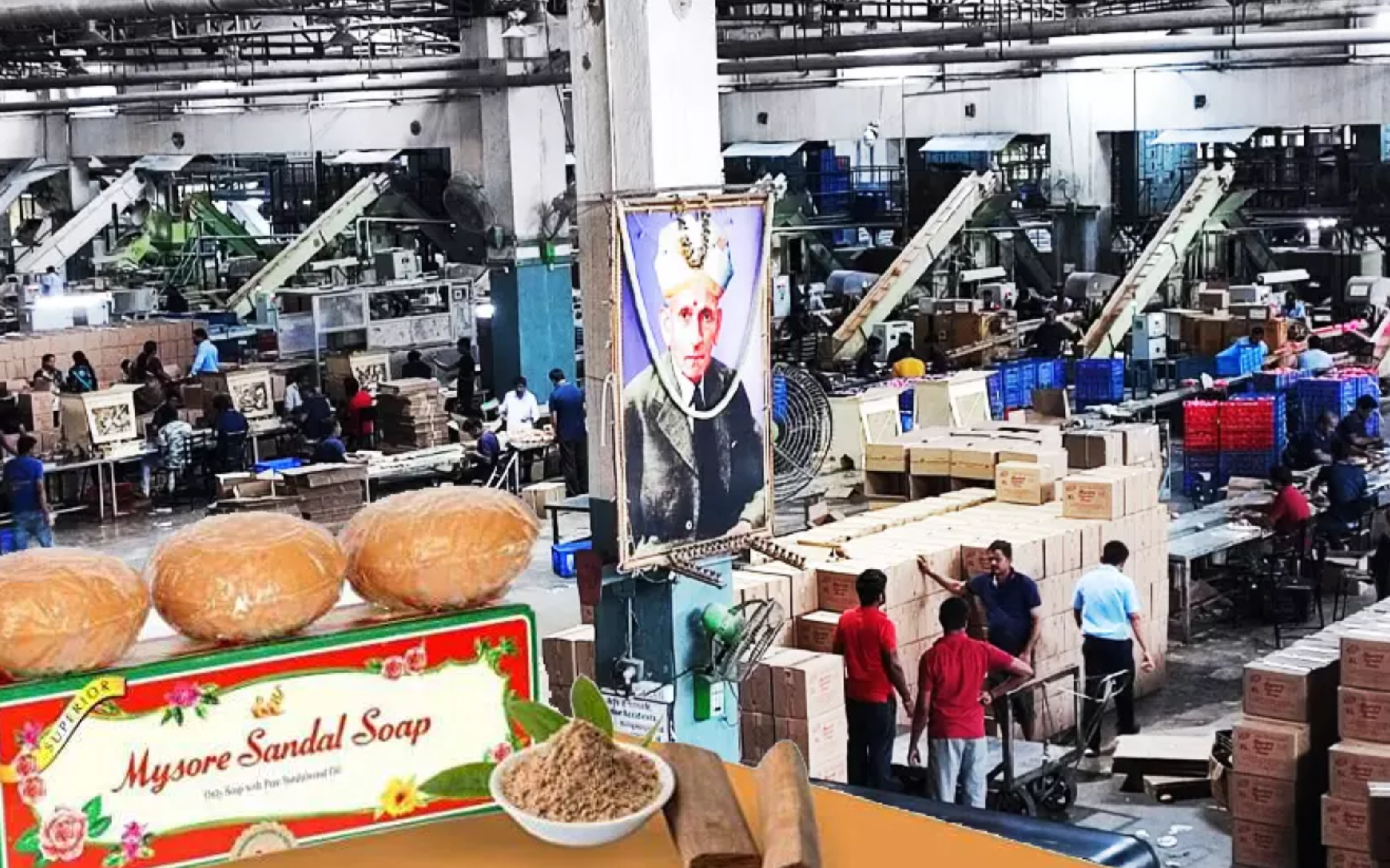
After Indian independence and the reorganization of states, production sites at Bangalore, Mysore, and Shimoga were merged. In 1980, Karnataka Soaps & Detergents Limited (KSDL) was incorporated as a government-owned enterprise, and the brand diversified into incense sticks, talc, and detergents.
KSDL’s soap factories are among the largest in India, with production capacities now exceeding 26,000 tonnes per year. Despite the rise of multinational competitors and evolving consumer tastes, Mysore Sandal Soap has maintained a loyal customer base, especially in South India.
Celebrating Achievements: Tradition, Innovation, and Global Reach

Over 100 years, Mysore Sandal Soap has achieved remarkable milestones:
- Geographical Indication (GI) Tag: In 2006, it became the only soap in the world with a GI tag for using pure Indian sandalwood oil. This protects its intellectual property and ensures authenticity.
- Brand Ambassadors: Indian cricket legend M.S. Dhoni (2006) and actress Tamannaah Bhatia (2025) helped modernize the brand’s appeal.
- Premium Products: The Millennium Soap, launched in 2012 and the Millennium Premium Soap (2025), boasts high concentrations of sandalwood oil, catering to luxury customers-some bars priced up to ₹3,000.
KSDL’s annual revenues have soared, with the brand exporting products across the world.
Challenges and Resurgence:
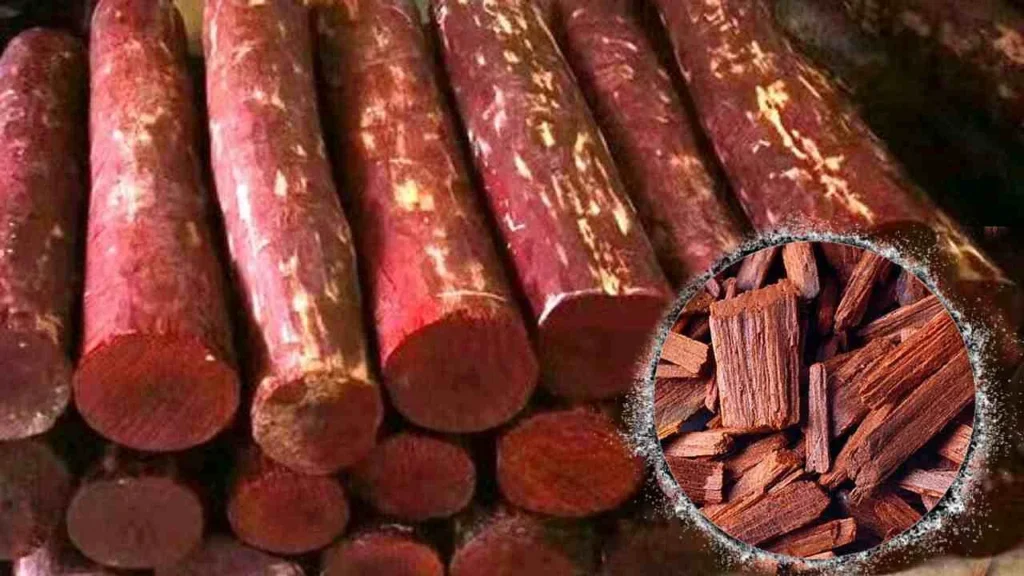
Though admired for its purity, the brand faced hurdles:
- Sandalwood Shortages: Declining Indian sandalwood cultivation has forced KSDL to import oil, primarily from Australia. In recent years, only a fraction is sourced locally.
- Modernization: In the 2020s, KSDL invested heavily in new plants, machinery, and new product launches to maintain relevance and competitiveness.
Despite challenges, the company’s financial and production records have hit historic highs, with continued expansion and innovation.
Cultural Impact: More Than Just Soap
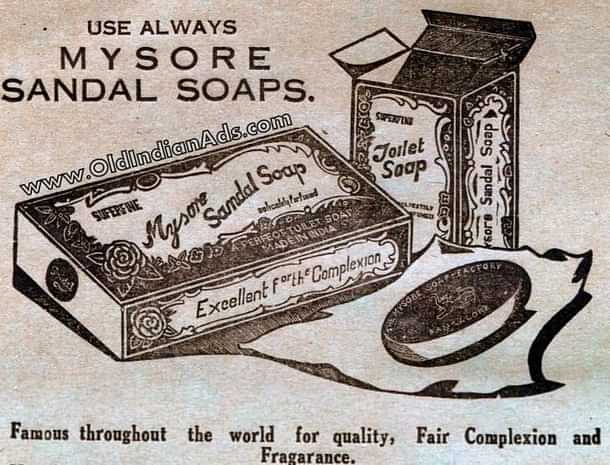
Mysore Sandal Soap remains woven into India’s social fabric-a bar of tradition for ceremonial gifting, a nostalgic reminder of home for expatriates, and a symbol of luxury and trust.
Its elegant fragrance, heirloom packaging, and legacy of purity ensure it continues as not just a cleaning product, but a cherished cultural emblem of Karnataka and India.
Conclusion: An Eternal Symbol of Indian Heritage
Blending royal vision, scientific advancement, and enduring cultural significance, Mysore Sandal Soap stands as a beacon of Indian craftsmanship. From the Maharaja’s laboratories to bathrooms across the globe, its fragrance remains timeless-a true “fragrance ambassador of India.”
Mysore Sandal Soap: Where purity meets prestige, and tradition embraces innovation-an evergreen classic for generations.



